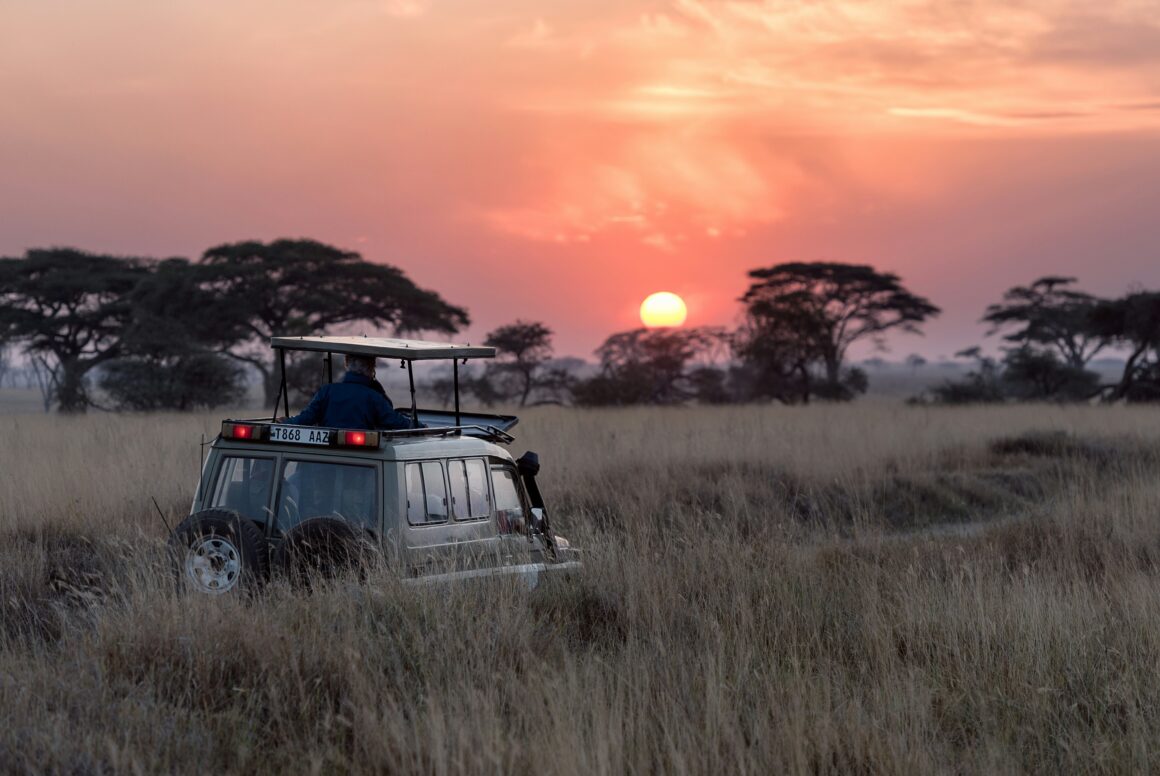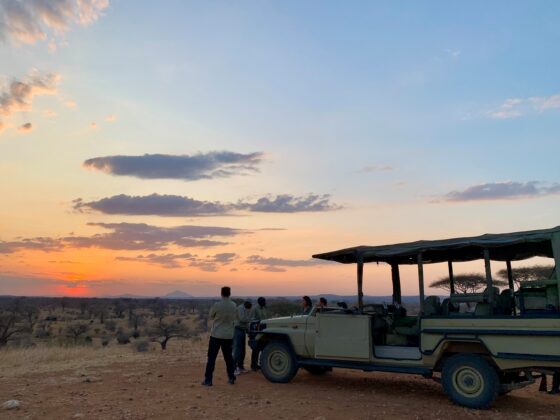Going on safari is an unforgettable experience, but managing your money right can make all the difference. From national park fees to tipping your guide, knowing what currency to bring and how to carry it is essential. Here are the top 10 tips for bringing money on safari, with advice for every African destination.
1. Know Which Currency You’ll Need by Country
Africa is home to 54 countries, each with its own currency. While some accept US dollars (USD) for tourism, many prefer local currencies.
Here’s a breakdown by popular safari destinations:
East Africa (Great Migration, Serengeti, Maasai Mara):
- Tanzania – Tanzanian Shilling (TZS), but USD is widely accepted.
- Kenya – Kenyan Shilling (KES), though USD works for park fees and tips.
- Uganda – Ugandan Shilling (UGX), but USD is often accepted.
- Rwanda – Rwandan Franc (RWF).
Southern Africa (Victoria Falls, Okavango Delta, Kruger):
- South Africa – South African Rand (ZAR).
- Botswana – Botswana Pula (BWP).
- Zambia – Zambian Kwacha (ZMW), though USD is preferred for park fees.
- Zimbabwe – USD is the primary currency for tourism.
- Namibia – Namibian Dollar (NAD), pegged 1:1 with the South African Rand.
- Malawi – Malawian Kwacha (MWK).
Central Africa (Rainforests and Lowland Gorillas):
- Democratic Republic of Congo (DRC) – Congolese Franc (CDF), but USD is often accepted.
- Republic of Congo – Central African CFA Franc (XAF).
- Gabon, Chad, Central African Republic, Cameroon – Central African CFA Franc (XAF).
West Africa (Wildlife Reserves and Cultural Safaris):
- Ghana – Ghanaian Cedi (GHS).
- Nigeria – Nigerian Naira (NGN).
- Senegal, Ivory Coast, Burkina Faso, Benin, Togo, Niger, Mali, Guinea-Bissau – West African CFA Franc (XOF).
- The Gambia – Gambian Dalasi (GMD).
North Africa (Desert Safaris and Historical Sites):
- Morocco – Moroccan Dirham (MAD).
- Egypt – Egyptian Pound (EGP).
- Tunisia – Tunisian Dinar (TND).
Always check if the country accepts USD for tourism-related expenses.
All of these currencies are available from Manor FX at competitive rates, ensuring you’re prepared.
2. Bring Cash for Remote Areas
Safari lodges, park gates, and local markets often only accept cash. While USD works in many places, having local currency ensures you can pay for smaller expenses like drinks, souvenirs, and tips. Remote areas like the Serengeti or Okavango Delta rarely have card facilities, making cash essential.
It’s wise to carry a mix of small and large denominations, as change can be hard to find. Store cash in different places, like your daypack and main luggage, to avoid losing everything if one bag goes missing.
3. Choose the Right Card for Backup
While cash is king on safari, carrying a travel-friendly debit or credit card is wise. Opt for one with no foreign transaction fees. Visa and Mastercard are more widely accepted than American Express. It’s also a good idea to inform your bank about your travel plans to avoid card blocks due to suspicious activity. Keep an emergency backup card in a separate location. Though some lodges accept cards for accommodation and meals, always assume you’ll need cash for park fees, tips, and souvenirs in rural areas.
4. Plan for Tips and Gratuities
Tipping is customary on safari and an important way to show appreciation for excellent service. Guides, drivers, and lodge staff rely on tips as part of their income. As a general rule, budget $10–20 USD per person per day for guides and $5–10 USD per day for lodge staff. Porters and drivers usually receive $2–5 USD per service.
Having small USD bills or the equivalent in local currency ensures you can tip conveniently without needing change. Always hand tips directly, ideally in an envelope, as a sign of respect.
5. Exchange Money Before You Go
Airport and hotel exchange rates can be poor, and ATMs in remote areas are unreliable. Avoid stress by exchanging enough currency before you travel. Buying your travel cash in advance saves money and ensures you’re prepared for situations where card payments aren’t accepted.
Order your safari currencies ahead of time to avoid last-minute hassles. Take a mix of USD and the local currency for each country you’re visiting.
6. Keep Your Money Safe
Use a travel money belt and split cash between bags. Most safari lodges have safes for valuables. Avoid flashing large amounts of cash in public. Keep small bills handy for day-to-day expenses and store larger denominations securely.
Always keep cash and cards in your hand luggage when travelling between camps rather than checked bags. Consider carrying a dummy wallet with a small amount of cash to deter opportunistic thieves while keeping the bulk of your money safe.
7. Consider Mobile Money Services
In East Africa, mobile payment systems like M-Pesa are popular and widely used for everyday transactions. They’re especially handy for paying guides, drivers, and small vendors. You’ll need a local SIM card to use mobile money, which you can easily buy on arrival.
However, mobile money isn’t accepted everywhere, especially in rural safari areas. It’s a great supplement to cash but shouldn’t replace it entirely.
Always have enough physical currency to cover essentials, as mobile networks can be unreliable in remote locations.
8. Understand Park Fees and Entrance Costs
Many national parks only accept cash at the gate, often in USD or local currency. For example, entrance fees for Kenya’s Maasai Mara or Tanzania’s Serengeti typically range from $60–80 USD per person per day. Some parks accept card payments, but network issues can make transactions unreliable. Check with your tour operator in advance to confirm payment methods.
Carrying the exact amount in small bills ensures quick entry without waiting for change, especially at busy park gates.
9. Budget for Souvenirs and Extras
Local markets offer beautiful crafts, but most vendors prefer cash. Popular souvenirs include Maasai beadwork, wooden carvings, and handwoven baskets.
Always bargain politely and carry small denominations to make transactions smoother. If you plan to buy larger items like artwork, check if the vendor accepts card payments or arrange to pay in USD.
10. Don’t Rely on ATMs
ATMs are scarce in remote safari areas and may run out of cash. Even in larger towns, ATM machines might not accept international cards. Having cash in hand ensures a smooth journey. If you do find an ATM, withdraw enough to cover several days, as the next machine might be far away.
Some ATMs have withdrawal limits, so plan accordingly.
Takeaways
Being prepared with the right currencies makes your safari stress-free.
Whether you’re exploring the Serengeti, Kruger, or the Okavango Delta, having a mix of local currency and USD ensures smooth transactions.
Plan ahead, carry small bills, and don’t rely solely on cards or ATMs. With the right approach, you can enjoy the adventure without worrying about money.
Happy travels!
Image: Unsplash, Hu Chen


